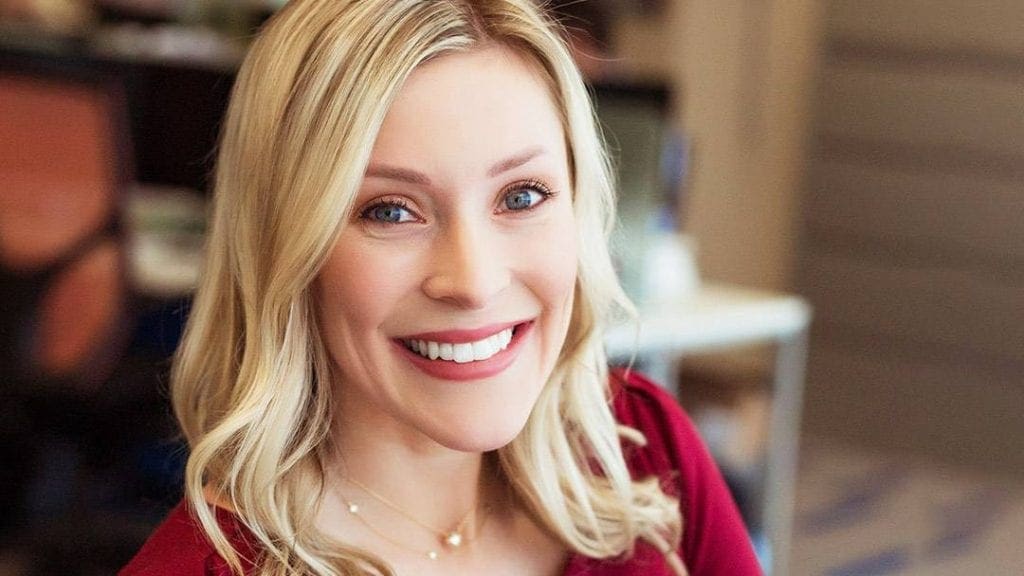Surgery for Chest Wall Deformity Restores Danielle’s Active Life

When Danielle Goldsmith was told nothing could be done to reverse the effects of a chest wall deformity she’d had since birth, she took her health into her own hands by researching all her options. That research led Danielle to Mayo Clinic.
For years, a common belief among some medical professionals was that pectus excavatum — a birth defect in which a person’s breastbone is sunken into his or her chest — was purely a matter of appearance. “As physicians, we were taught: ‘It’s cosmetic. You don’t need to worry about it,” says Dawn Jaroszewski, M.D., division chair of Thoracic Surgery at Mayo Clinic in Arizona. “There was a debate about whether pectus truly caused significant medical issues.”
When she started working at Mayo Clinic, Dr. Jaroszewski made it her mission to get to the bottom of that debate by specializing in pectus excavatum. “By working with our colleagues in Cardiology, we’ve been able to really look into exactly what happens with pectus and how it truly does affect patients,” she says. “We’ve published a lot of research that shows pectus excavatum is not just cosmetic. It is a big problem for patients, and it does affect their lives. Danielle’s a good example of that.”
“I was running 5 to 6 miles a day, and then all of sudden, I couldn’t run 1 mile. Then I couldn’t walk a mile. And then I couldn’t even walk up the stairs to my apartment.”
Danielle Goldsmith
“Danielle”
is Danielle Goldsmith. Though she’d been living with pectus excavatum since
birth, it didn’t begin negatively affecting her life until she was an adult. “I’d
danced my entire life,” she says. “I cheered in college and was even
a professional NFL cheerleader. I was running 5 to 6 miles a day, and then all of
sudden, I couldn’t run 1 mile. Then I couldn’t walk a mile. And then I couldn’t
even walk up the stairs to my apartment.”
At
that point, Danielle checked herself into a local hospital. There she was told
nothing could be done to fix her chest wall deformity. Danielle refused to
accept that. “I stayed there for about two weeks,” she says. “When
they sent me home with an oxygen tank and said, ‘This is going to be your life,’
that wasn’t an option for me.”

Instead,
Danielle and her mother returned home, turned on a computer and ran a search
for the number one surgeon for pectus in the world. Dr. Jaroszewski was the top
result. “She popped up, and we thought immediately, ‘We have to go to Dr.
J.,” Danielle says.
When
they did, Dr. Jaroszewski found in Danielle the telltale signs and symptoms of
pectus excavatum that she’d seen many times before. “Danielle described
very classic symptoms for pectus excavatum,” she says. “Patients feel
like they can’t get enough breath. When they exert themselves, they become
extremely short of breath. They get lightheaded. They feel dizzy.”
“Since my procedure, I’m doing better and feeling better than I ever thought I would be.”
Danielle Goldsmith
Fortunately,
there is a surgical fix for pectus excavatum. And it’s one that Dr. Jaroszewski
and her surgical team at Mayo Clinic have spent years perfecting. “The
procedure is basically putting braces on the chest,” she says. “We go
in with a camera and put steel bars behind the sternum. That helps hold the
chest out. Those steel bars stay in for three years. And when they’re taken
out, the chest will stay in that new position.”
Danielle’s
goal as she went into the surgery was straightforward. “I wanted my normal
way of life back,” she says. “That’s it.” Since Dr. Jaroszewski
operated on Danielle more than a year ago, Danielle says she’s reached that
goal. “I’m back to exercising, working out and running,” she says. “I
do feel like I’m living my normal life again. And I feel like I owe Dr. J. and
her team at Mayo Clinic the world for helping me do that. Since my procedure, I’m
doing better and feeling better than I ever thought I would be.”
Watch
this video to learn more about pectus excavatum and Danielle’s treatment
journey:
HELPFUL LINKS
- Read more about pectus excavatum.
- Check out the Department of Thoracic Surgery.
- Explore Mayo Clinic.
- Request an appointment.
